
True root vegetables include carrots, parsnips, swede, turnips, beetroot and radish.Roots transport water and nutrients to the plant and also act as a food store.
Some vegetables we know as root vegetables are in fact not the ‘root’ of the plant. Rhizomes are underground stems which store food but can also sprout buds and new plants. Ginger and licorice/liquorice are rhizomes. Potatoes are stem tubers and sweet potatoes and yams are examples of root tubers. Both act as food storage organs for the plant. Onions and garlic are swollen stems, not rhizomes and these grow under the ground and are called bulbs.Finally in case you are not confused enough, leeks and celery are examples of stems that we eat!
All about roots
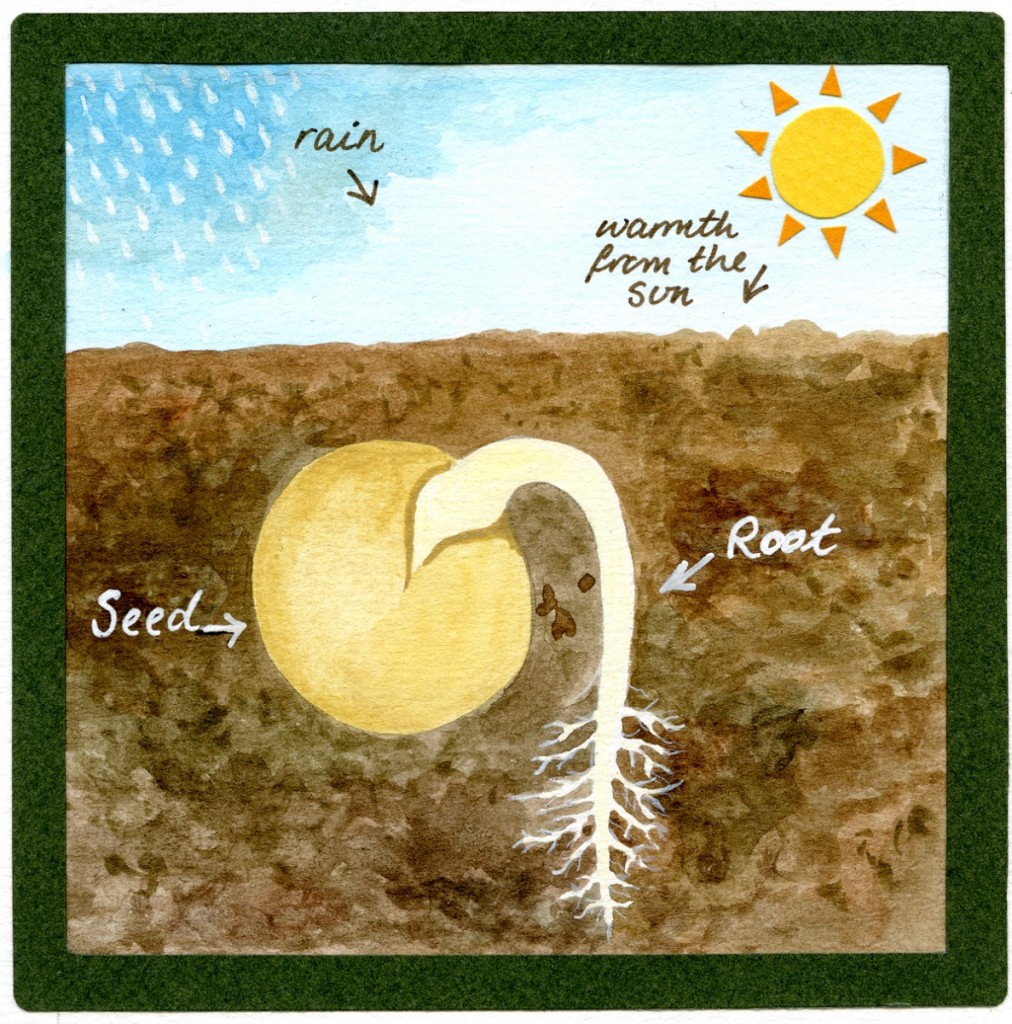
If a seed is planted or is carried to a new patch of soil, and it has the right conditions, it will start to germinate and send out its first root. All seeds need water and warmth so that they can swell, expand and grow out of its protective seed coat. The radicle or root is the first part of the seed to start growing. The root grows tiny hairs that help to anchor the plant into the ground and absorb moisture and nutrients. Thanks to gravity, roots virtually always grow downwards into the soil.
Some vegetable plants form one long thick taproot like carrots or parsnips. These root crops tend to be biennial, which means they make seeds after two years. The plant makes their root swell so that it contains enough food to see it through the winter, until the next season, when it will make seeds. Being under ground, the root is safe from the cold winter weather, insulated within the soil. We grow these plants to eat, as their roots are delicious and nutritious and we harvest them before they have a chance to set seed.
Did you know you could actually eat the beetroot and radish leaves as well as the roots!

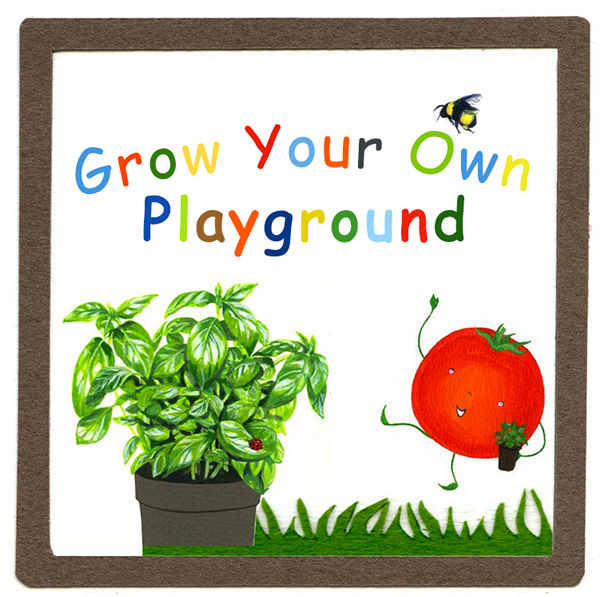


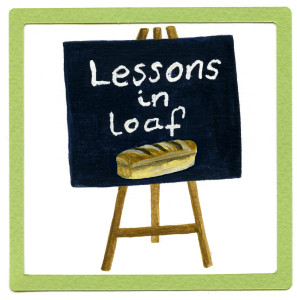 Resources
Resources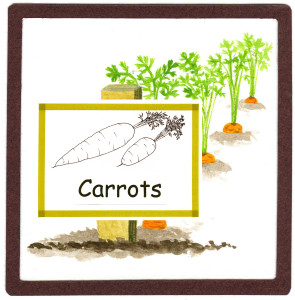
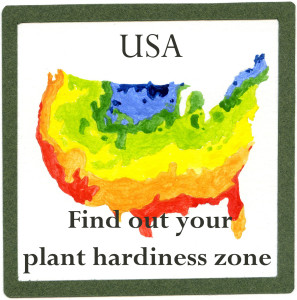




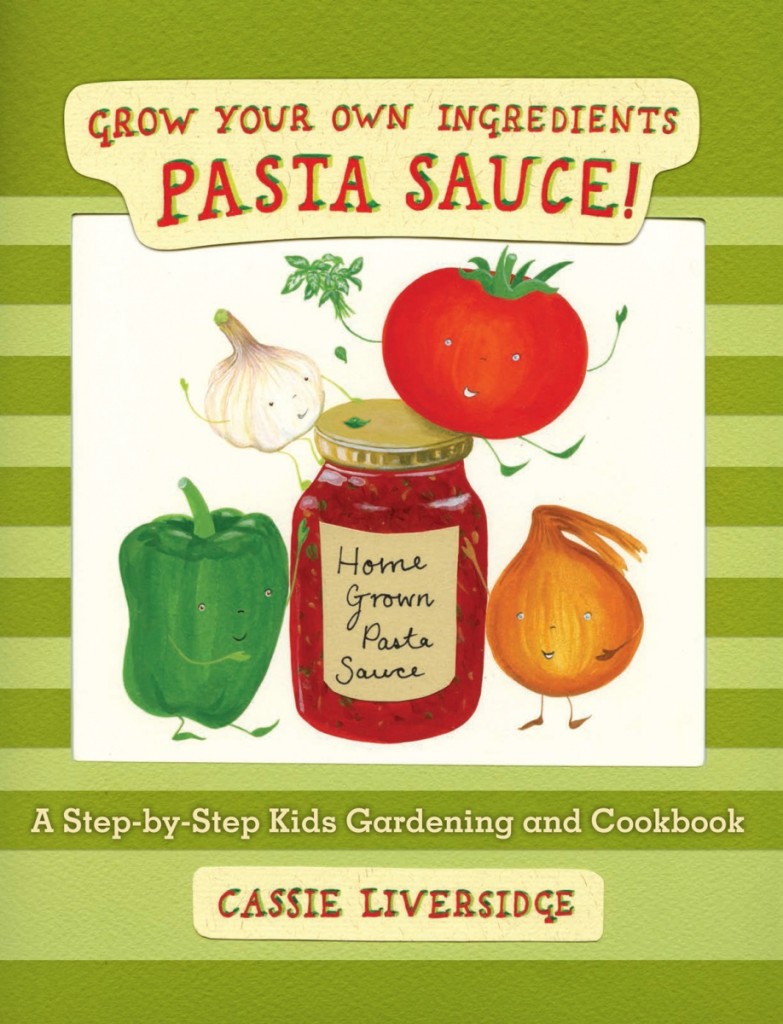
Keep in touch